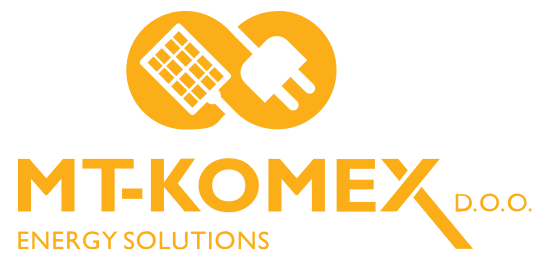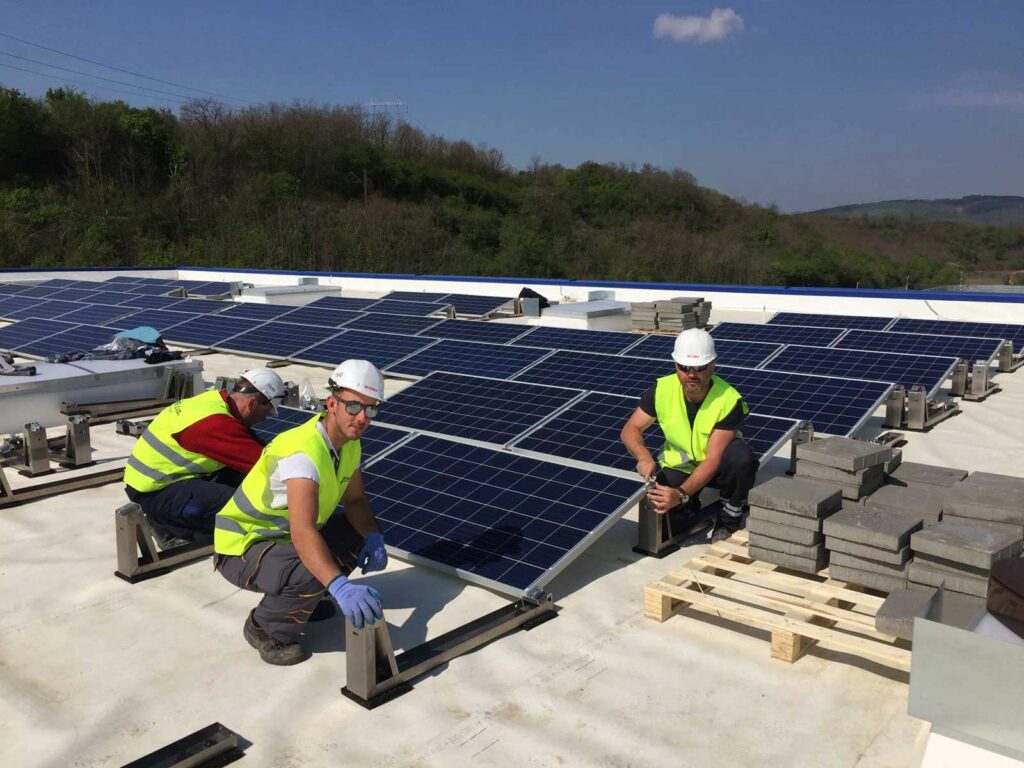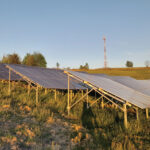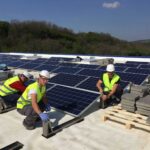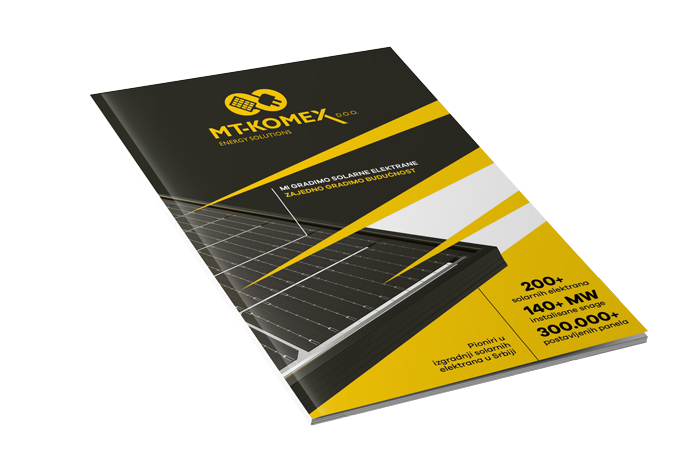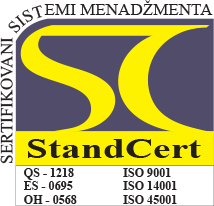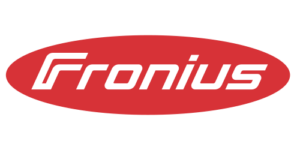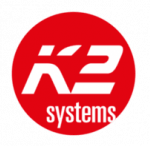At the beginning of February, MT-KOMEX commenced construction of a photovoltaic power plant in Sisak-Moslavina County, Croatia. This marks the company’s first project within the European Union, representing an expansion of its operations and the acquisition of new experience beyond Serbia’s borders.
The project is located in the city of Novska and involves a rooftop-mounted solar power plant. The total capacity of the plant amounts to 280 kW AC and 340.625 kWp, with Thermo Stone d.o.o. Novska as the investor. The works are expected to be completed by the end of the current month or, at the latest, by the beginning of March.
The rooftop panels will be oriented southwest and northeast, following the slope of the roof. For this project, the company once again selected Luxor Solar 545 Wp as the panel manufacturer, Fronius as the inverter supplier, and K2 Systems as the manufacturer of the mounting structure for pitched roofs made of TR sheet metal.
The electricity generated from the rooftops will be used exclusively for the facility’s own needs, with no feed-in to the distribution grid.
It is worth highlighting the differences and challenges the company is encountering for the first time while operating within the EU, even though there are no drastic changes in the business process itself.
The work is being carried out based on the developed Main Project of electrical installations, as well as the obtained electrical energy permit (EES) issued by HEP (Hrvatska elektroprivreda). The requirements and conditions outlined in the EES must be complied with, and specific studies must also be conducted, including one assessing the impact on the electrical grid.
The construction procedure is very similar to that in Serbia. To begin with, HEP is the Croatian equivalent of EPS, while EES is similar to UPP – Conditions for Design and Connection – with a slight difference in the types of technical documents (Elaborates) required.
Essentially, both documents – EES and UPP – are mandatory for planning, designing, and implementing infrastructure projects, as well as for obtaining certain permits, such as connection to the power grid. Their purpose is aligned, and the main difference lies in terminology.
For simpler projects that are executed without a building permit, there is a Regulation on Simple Structures, under which supervision is not required, nor is there a need to report works or maintain a construction log, which is very similar to Serbian regulations. Regarding the current project by MT-KOMEX, the engineers responsible for the task are documenting the work and maintaining the construction log according to their internal standards, considering that in Croatia, the log is maintained exclusively through the eGrađanin (eCitizen) portal, which requires a valid building permit number—this being another key difference. One of the major challenges is the export of equipment, which requires export customs clearance from Serbia and import customs clearance for Croatia.
All in all, this is the first city in Croatia and yet another location in the region where solar panels installed
by MT-KOMEX will generate green kilowatt-hours, while also providing new experiences for the
company’s engineers.
